Ground cover plants: green leaves, red flowers
Ground cover plants, as the name implies, are plants that cover the ground. They are usually densely planted and short. In the configuration of garden plants, the layers of trees, shrubs and grasses are usually emphasized. Ground cover plants are often not noticed because they are at the bottom layer, but their importance cannot be ignored.
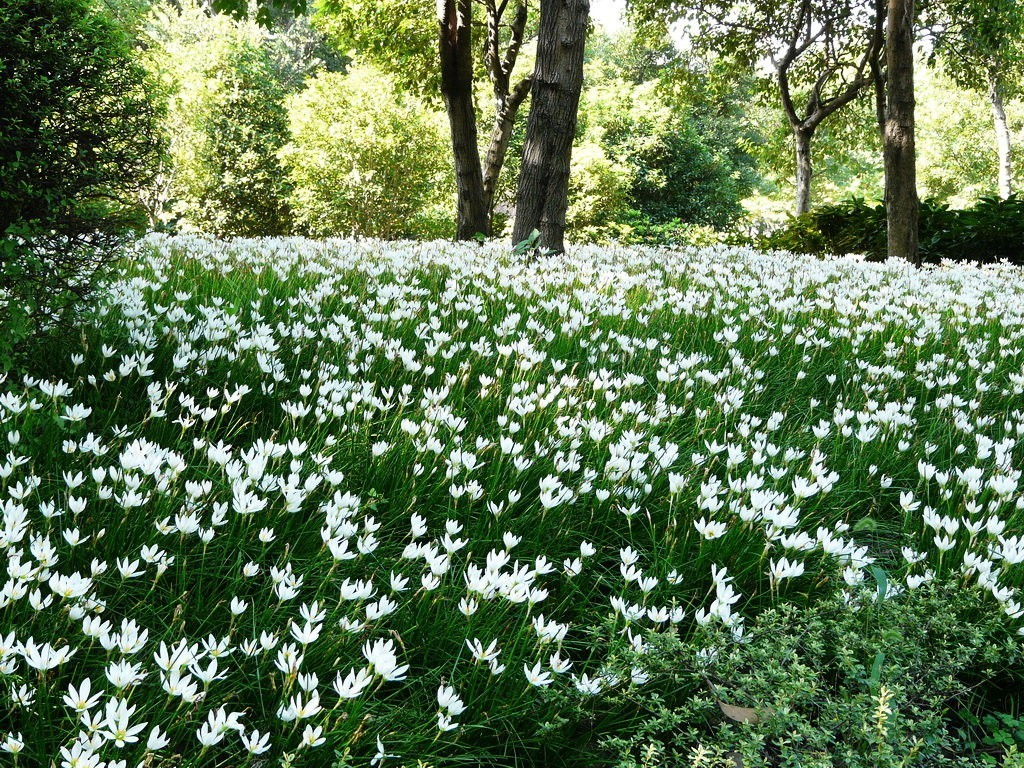
Ground cover, as the green foundation of the garden, determines the level of plant planting design. They are highly adaptable and have few pests and diseases. They can be covered on the ground with simple management. They can effectively prevent soil erosion, absorb dust, purify the air, and reduce noise. At the same time, they also have certain ornamental and economic value and many benefits.
Ground cover plants include perennial low-growing herbaceous plants, as well as some low-growing, creeping shrubs and vines with strong adaptability. These plants have different habits, some like the sun, some tolerate the shade; some tolerate drought, some like moisture; some are mainly for viewing leaves, and some are mainly for viewing flowers. Therefore, it is particularly important to select materials according to the local conditions.
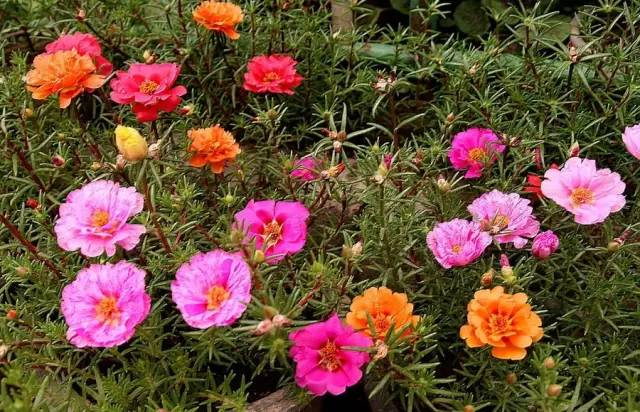
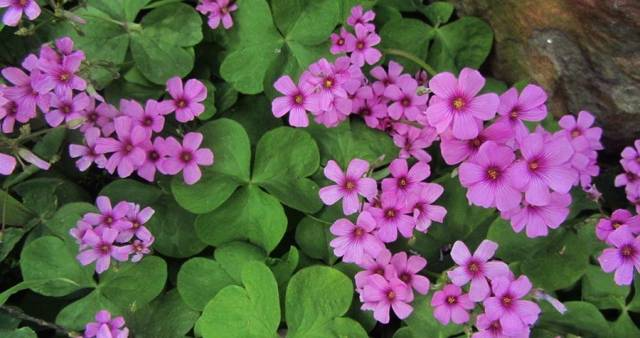
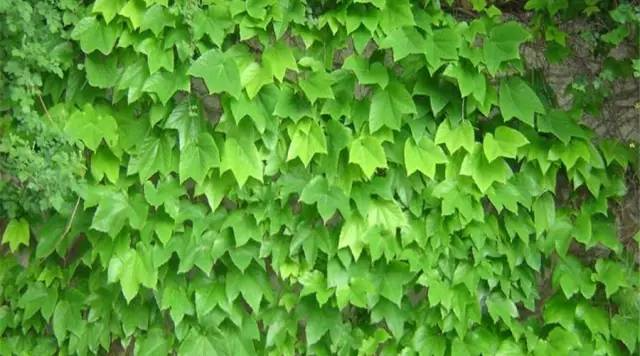
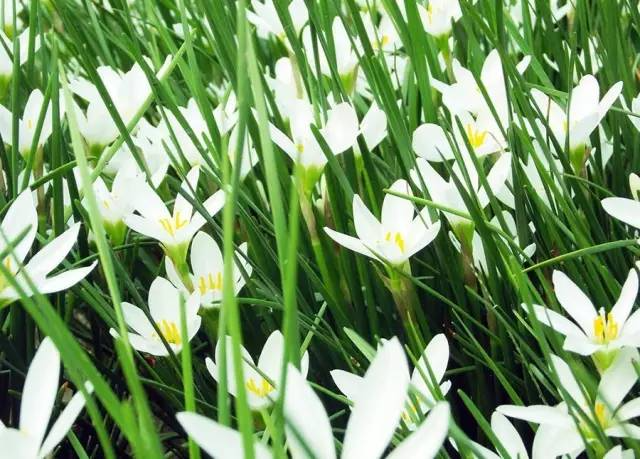
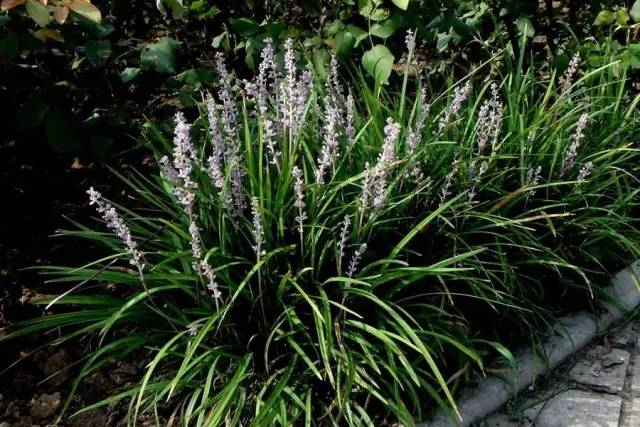
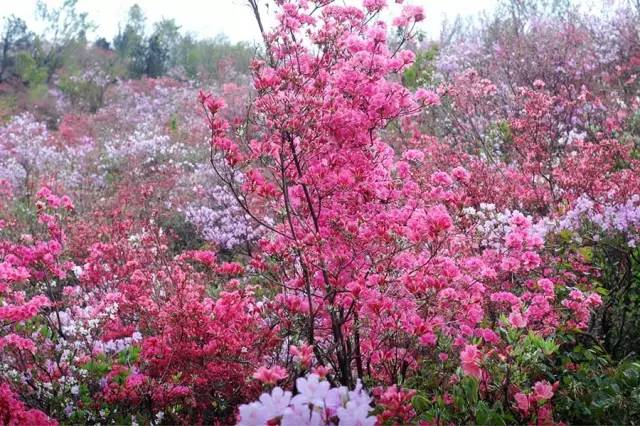
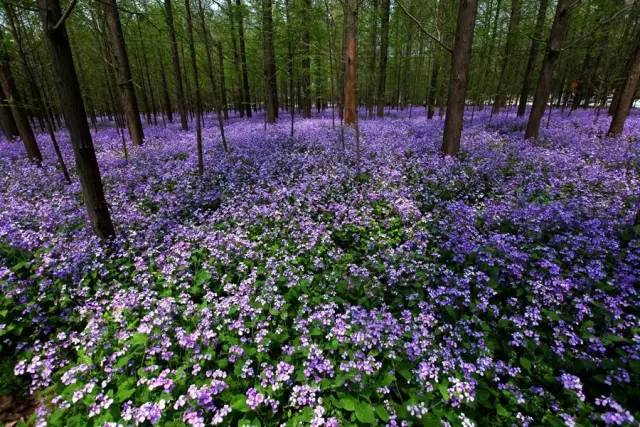
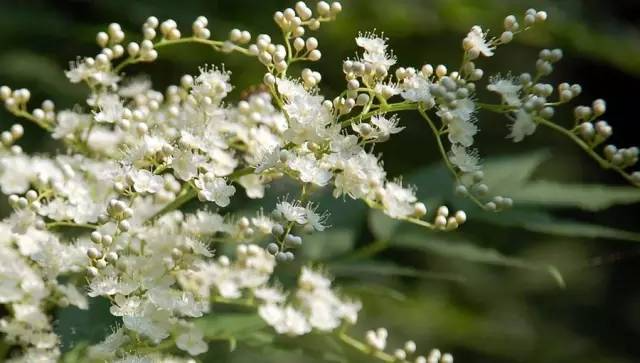

ivy